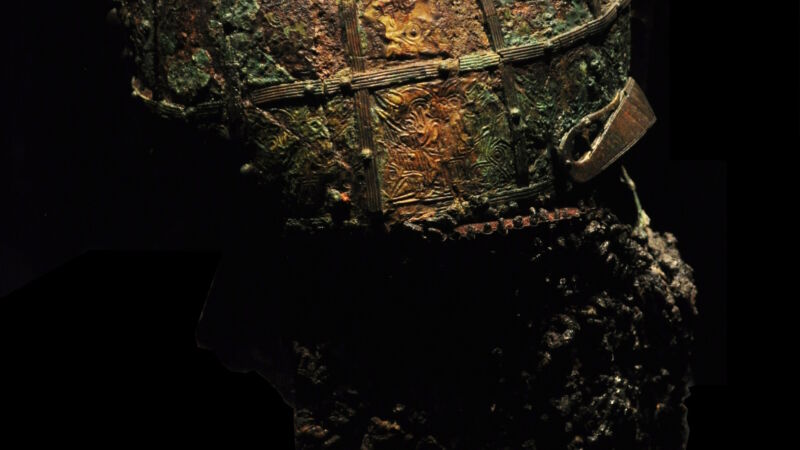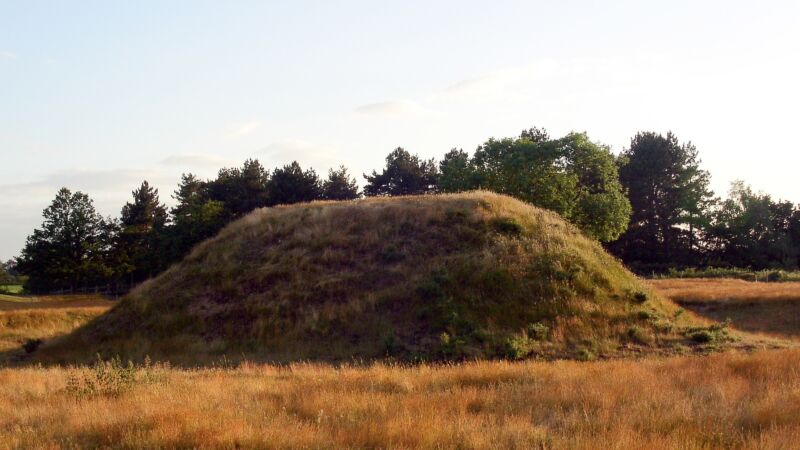
700 years of burial sites
Valsgärde is a place of great significance for both nature and history. Here you can see how burial customs developed during the Iron Age. Throughout the area, you can see traces of about 80 graves, consisting of mounds and elongated depressions. These traces are from chamber graves, coffin graves, cremation graves, and boat graves. The boat graves and cremation graves date back to the Vendel and Viking periods, while the chamber graves are from the Migration Period and the coffin graves are from the late Viking Age or early Middle Ages.
Those buried in Valsgärde were members of the elite of society. The burial traditions have been kept in a conservative manner for several centuries, and the graves reflect an aristocratic lifestyle and identity. The cemetery at Valsgärde was used for a period of 700 years from around 400 AD to 1100 AD.

Preserved flora and fauna
The site is also important from a botanical perspective, with a unique dry ridge flora. By taking care of the grave fields in the right way, species that otherwise risk disappearing in the modern cultural landscape can be preserved. The grave fields are today a refuge for species and plant communities and therefore highly interesting also from a botanical point of view.
Map & information
Address: Fullerö 151
755 94 Uppsala

